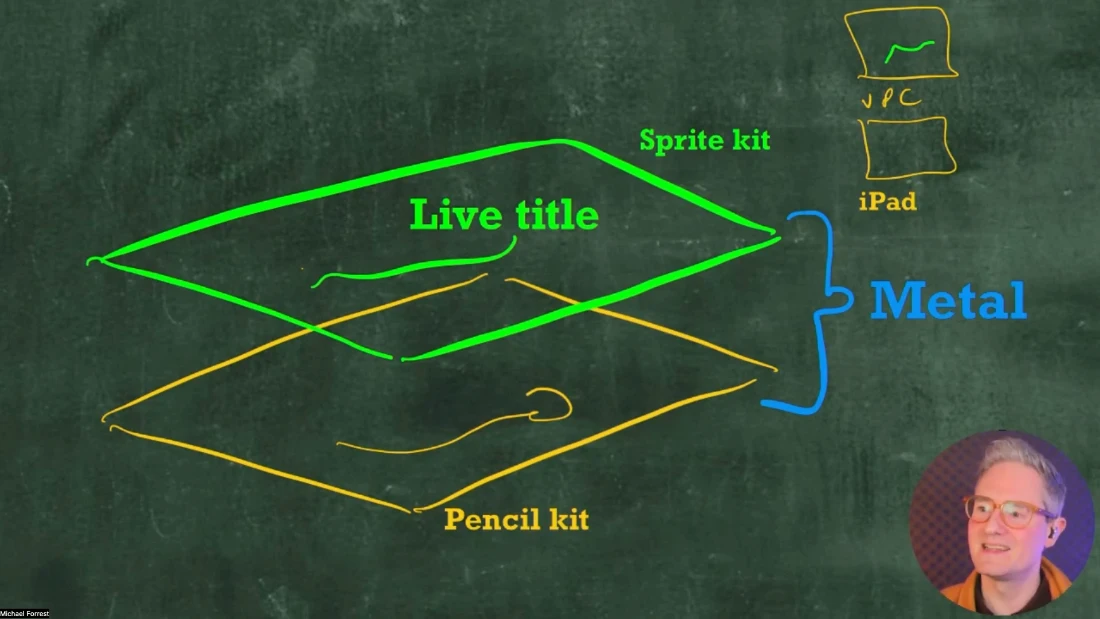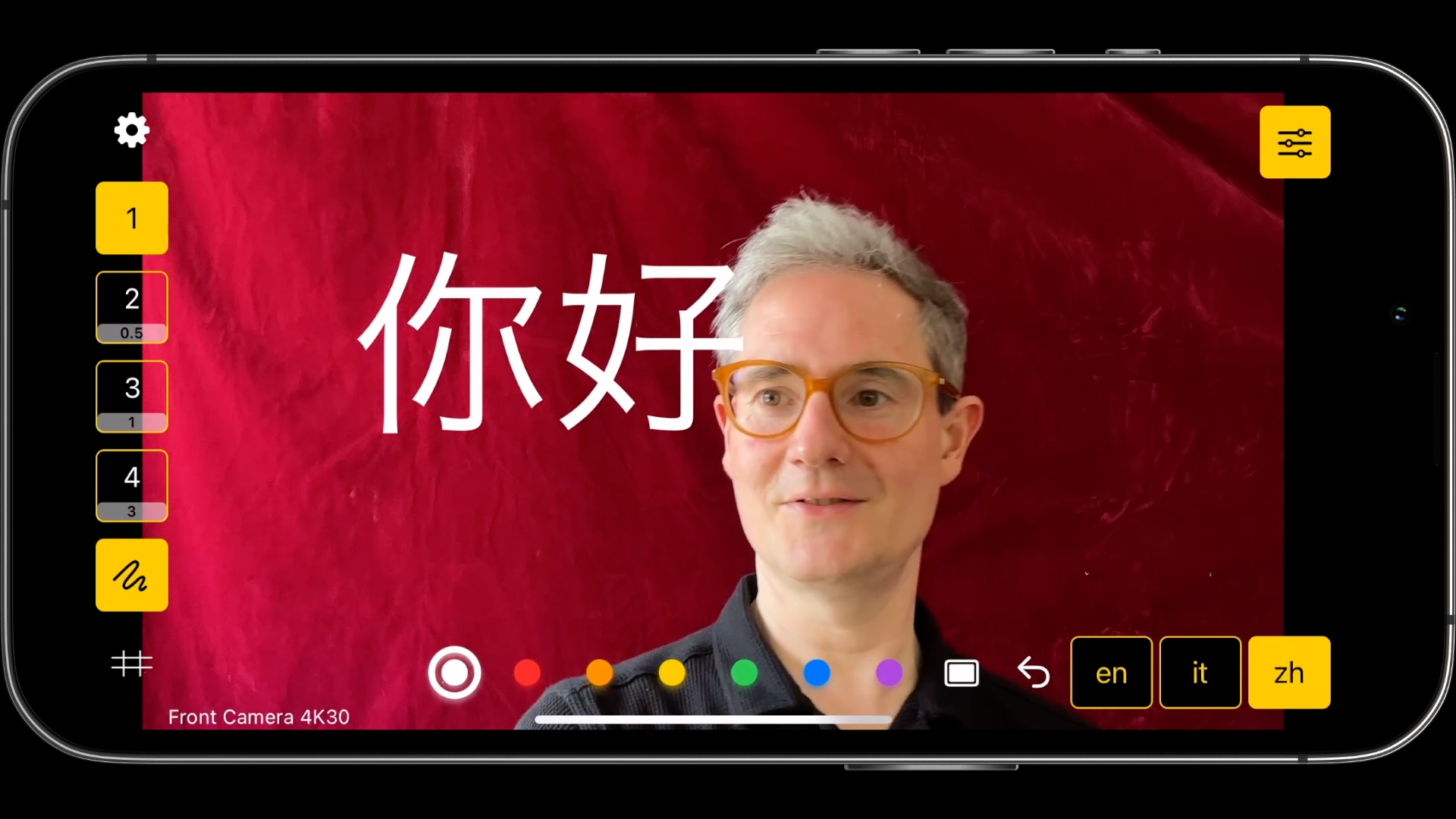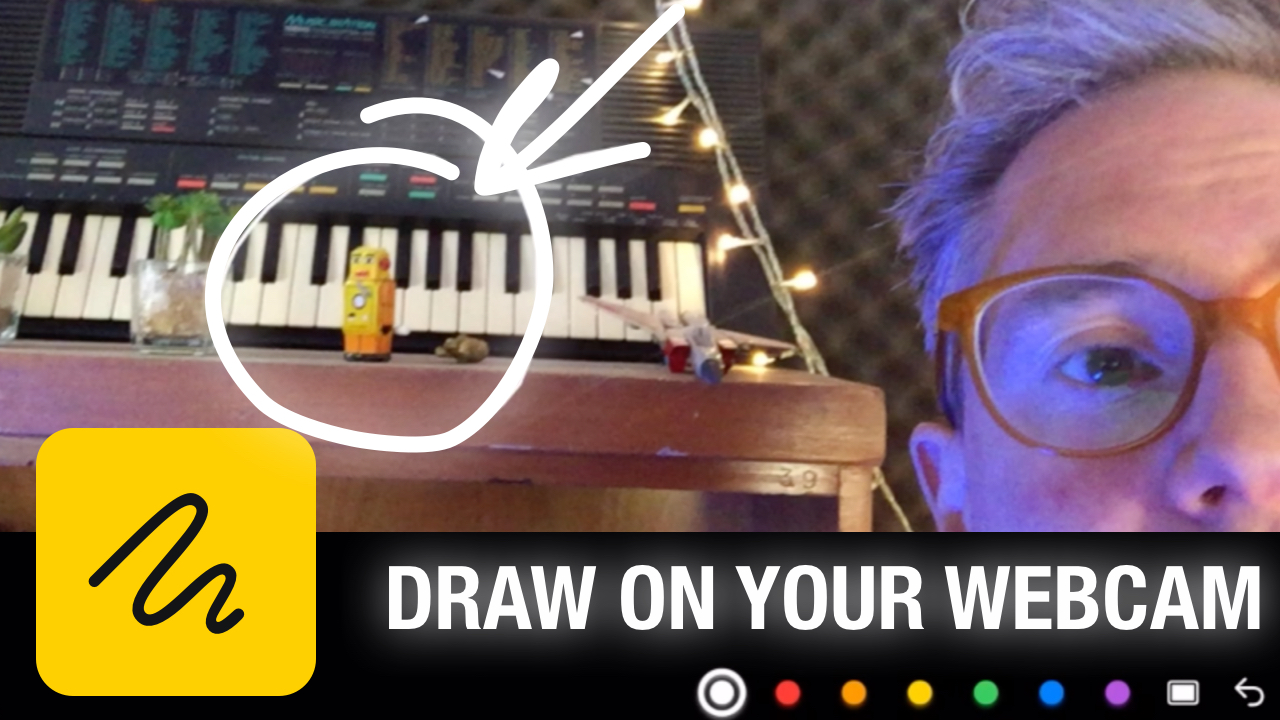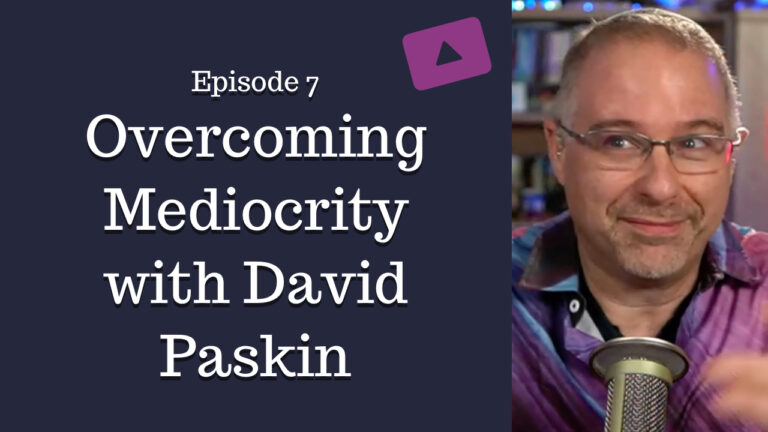Good lighting helps a bad camera 💡 Remote Video Basics from Squares TV Sent on 11 July 2022 by Michael Forrest
Now that you have a good internet connection and decent audio let’s talk about lighting.
Hi, this is Michael from Squares TV back with the third part of my series Remote Video Basics.

Fancy seeing you again, and so soon!
They put cameras in everything these days. They’re not good cameras, but they’re cameras.
Laptops cameras are clearly not great, but even an iPhone 13 Pro Max’s much vaunted Cinematic-Mode-lidar-sensor-ultra-wide-telephoto-macro-camera-array is still working with a very small sensor compared to most professional cameras. Most of what sets Apple’s cameras apart is done in software - algorithmically “correcting” the image picked up by the sensor rather than letting the true image come through.
What is wrong with my phone’s camera?
It depends! You might not have any problems most of the time. But in certain situations, you might want to understand what’s going on.
1. Noise
Cameras need light. The less light you have, the harder the sensor has to work to make an image. When your camera brightens-up a dark image, it also amplifies the microscopic fluctuations introduced by its internal electronics. This results in a “grainy” image where dark areas become a distracting, randomly-changing pattern.
If you can see this digital noise in your image then you need to add more light.
2. Dynamic range
You may have noticed that if you take a picture of somebody against a bright sky, then either the sky will be blue but their face will be too dark, or their face will look right and the sky will look white. This is because a camera has a limited “dynamic range” and has to prioritise detail in either light or dark areas.
I notice dynamic range problems the most when the sun comes out and starts shining through my window. Either I’ll look completely washed-out or there will be far too much contrast between light and shade and my video will look terrible.

It’s also a problem if I’m pointing a camera at music gear with a screen in the dark. To show what’s on the screen I have to turn down the exposure so much that you can’t see anything else.

When setting up your lights, part of the challenge is to limit the variation in light levels hitting your camera - you’re trying to even everything out so it fits within your camera’s dynamic range.
3. Fluctuating focus and exposure
If you have something large moving in and out of shot that contrasts with your background, like your hands in an overhead crafting demonstration, the average brightness of the image will keep changing and your image will fluctuate in a distracting way.
This is where you need to lock your focus or exposure instead of letting the camera decide.
But you need to decide!
Lighting: where to start?
The first step is to control your ambient lighting. My last studio was a nightmare for this because there was a skylight that I couldn’t block. I was completely at the mercy of the sun, and could only control my lighting when it got dark outside.
These days I have blackout blinds which makes it much easier to get a consistent picture.
1. Diffuse lighting
The main thing you need when your face is on camera is a nice big diffuse light source. This is usually achieved with a “soft box” over a smaller light.
I’d start with an adjustable LED panel and a soft-box from Amazon. This might set you back $150.
If you’re comfortable with electrical wiring, you can buy an LED ceiling panel and tape it to a light stand for an ultra-low-cost diffuse fill light for less than $50.
2. Highlights
Next you can add more character to your image with a couple more lights.
Give yourself a clear profile by making sure there’s some shadow under your chin.
Shine a bright light at the back of your head to light up the edges of your hair, making you stand out clearly from your background.
I like shining a different colour on each side of my face. You don’t need to buy RGB-colour-changing lights, you can get a pack of gels and choose your favourites. Just tape them on!

With a couple of lights and some blackout blinds, you can get consistently high quality results for your calls and live streams.
Stay tuned for part 4, where I finally talk about cameras!
All the best,
Michael Forrest
Director | Good To Hear
P.S Did someone forward you this email? Why not join us? Sign up
















